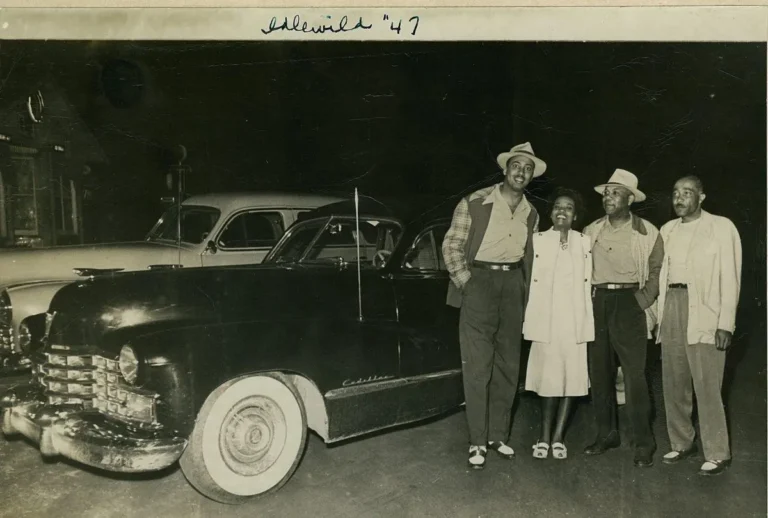The 2018 film “Green Book” depicts pianist Don Shirley’s concert tour through the racially-segregated American South in 1962, aided by Italian-American driver Tony Vallelonga. The movie’s title refers to “The Negro Motorist Green Book,” an annual guidebook that helped African-American travelers find lodging, restaurants, and other services that would serve them during the Jim Crow era of racial segregation.
While “Green Book” won praise for its feel-good story of friendship crossing racial divides, the film also attracted controversy over its accuracy and perspective, similar to other historical drama movies like the green book. So what was the real context behind the “Green Book” that Don Shirley relied upon?
Published from 1936 to 1966, “The Negro Motorist Green Book” was created by Victor Hugo Green, a black postman in the Harlem neighborhood of New York City. It listed hotels, restaurants, gas stations, and other establishments across the United States (and eventually beyond) that were known to serve African Americans during segregation.
As Jim Crow laws and societal discrimination proliferated after the Civil War, black travelers faced difficulties finding any services or lodging on the road. They risked harassment or worse if they stopped in the wrong place. Victor Green realized there was a need for a guide tailored to black travelers’ unique challenges.
The 15 original pages of the first “Green Book” focused just on the metropolitan New York area. But it grew to cover the whole country as readers and establishments sent in new recommendations. By 1962, the year depicted in the “Green Book” movie, the guide reached 130 pages.
Despite its useful information, having to rely on the “Green Book” took an emotional toll on black travelers. It illustrated a segregated country where they could not take equal access to services for granted. As comedian Dick Gregory put it, “You took your life in your hands when you went driving around. So you needed The Green Book.”
For example, issues that white motorists took for granted, like needing to use a bathroom or stopping to eat, became humiliating ordeals during road trips for black Americans due to discrimination. Finding a hotel for the night was a constant uncertainty. And “Sundown towns” across America banned blacks after dark.
While the injustices depicted in the “Green Book” were very real, scholars have debated the film’s specific portrayal of pianist Don Shirley and his relationship with driver Tony Vallelonga. Members of Shirley’s family criticized his on-screen character as inauthentic. And neither man’s descendants recalled any meaningful friendship between the two.
But regardless of these dramatized details, the “Green Book” movie introduced many viewers to an important and often overlooked part of history, much like other eye-opening civil rights movies like green book have done before. It provided a glimpse into what travel was like for African-Americans under Jim Crow – and the crucial role the real Green Book guide played in navigating America’s segregated landscape just a few generations ago.
Though outlawed today, discrimination of the past still echoes. So understanding this history helps us reflect on remaining injustices and how far we still must go as a society. The story behind the original “Green Book” guide reveals the sacrifices and indignities black Americans endured even into living memory, just trying to travel freely in their own country.


